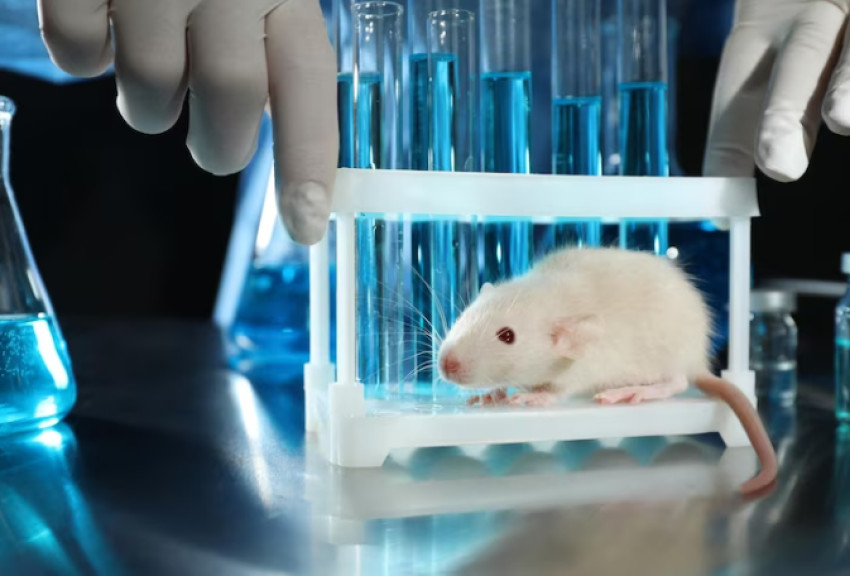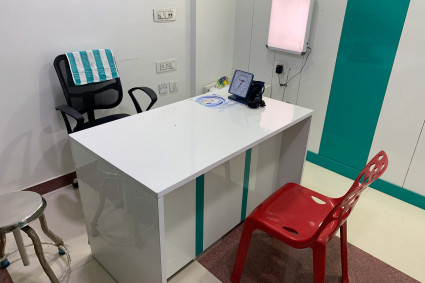
Introduction:
In the realm of cancer research, staying ahead of the curve is paramount. With the ever-evolving landscape of oncology, scientists continually seek innovative ways to advance our understanding of this complex disease and develop more effective treatments. One such innovation that has garnered significant attention in recent years is the use of Patient-Derived Xenograft PDX models. These models, typically involving PDX mice, have revolutionized preclinical cancer studies. In this blog, we'll explore the advantages of utilizing PDX mice in these studies, and how they are transforming the future of cancer research.
What Are PDX Models?
Patient-Derived Xenograft (PDX) models are an ingenious approach to cancer research. They involve the transplantation of tumor tissue from a patient directly into immunodeficient mice. The key to this model's success lies in the preservation of the tumor's genetic and histological characteristics. As the tumor grows within the mouse, it retains these features, making it an invaluable tool for preclinical cancer studies.
Advantages of Using PDX Mice in Preclinical Cancer Studies:
Preservation of Tumor Heterogeneity:
One of the primary advantages of using PDX mice is the preservation of tumor heterogeneity. Cancer is a highly heterogeneous disease, with varying cell types and genetic mutations within a single tumor. Traditional cell line-based models often fail to capture this complexity. PDX models, on the other hand, faithfully replicate the heterogeneity of human tumors, making them a more accurate representation of the disease.
Predictive of Clinical Response:
PDX mice have proven to be highly predictive of clinical response to cancer treatments. This predictive power is attributed to their ability to maintain the genetic and histological characteristics of the original tumor. Researchers can test potential therapies on PDX mice, gaining insights into how a specific patient might respond to a treatment. This personalized approach is a game-changer in the development of targeted therapies.
Pharmacological Studies:
PDX models are indispensable for pharmacological studies. Researchers can assess the efficacy of various drugs, dosages, and treatment regimens on PDX mice before moving to human clinical trials. This not only streamlines the drug development process but also minimizes risks to human participants.
Studying Resistance Mechanisms:
Resistance to cancer therapies is a significant challenge. PDX models offer a unique opportunity to study the development of resistance. Researchers can track how tumors evolve and adapt to treatments, providing insights into potential countermeasures and the design of combination therapies.
Researching Rare and Aggressive Cancers:
For rare and aggressive forms of cancer, access to a sufficient number of patients for clinical trials can be a significant barrier. PDX models allow researchers to study these diseases in a controlled setting, offering hope for the development of treatments that would otherwise be overlooked.
Reduced Ethical Concerns:
PDX models significantly reduce ethical concerns associated with traditional animal models because they use patient-derived tumor samples. This approach minimizes the number of animals required for research and aligns more closely with the principles of the 3Rs (Replace, Reduce, Refine) for ethical animal research.
Challenges and Considerations:
While PDX models offer numerous advantages, there are also challenges and considerations. These include the time and resources required to establish and maintain PDX colonies, potential variations in engraftment success, and the need for appropriate facilities and expertise. However, the benefits of using PDX mice in preclinical cancer studies far outweigh these challenges.
Conclusion: The Promise of PDX Mice in Cancer Research
In the evolving landscape of cancer research, PDX models, particularly PDX mice, stand as a beacon of hope. They bring us closer to personalized cancer treatments, more accurate preclinical studies, and a deeper understanding of the complex disease we aim to conquer. The preservation of tumor heterogeneity, predictive power, and their contribution to pharmacological studies and resistance research make PDX models invaluable tools in the fight against cancer.
As researchers continue to explore the vast potential of PDX mice, we move one step closer to unlocking the secrets of cancer and developing treatments that can truly transform lives. With PDX models at the forefront of preclinical cancer studies, the future of oncology research shines brighter than ever.





